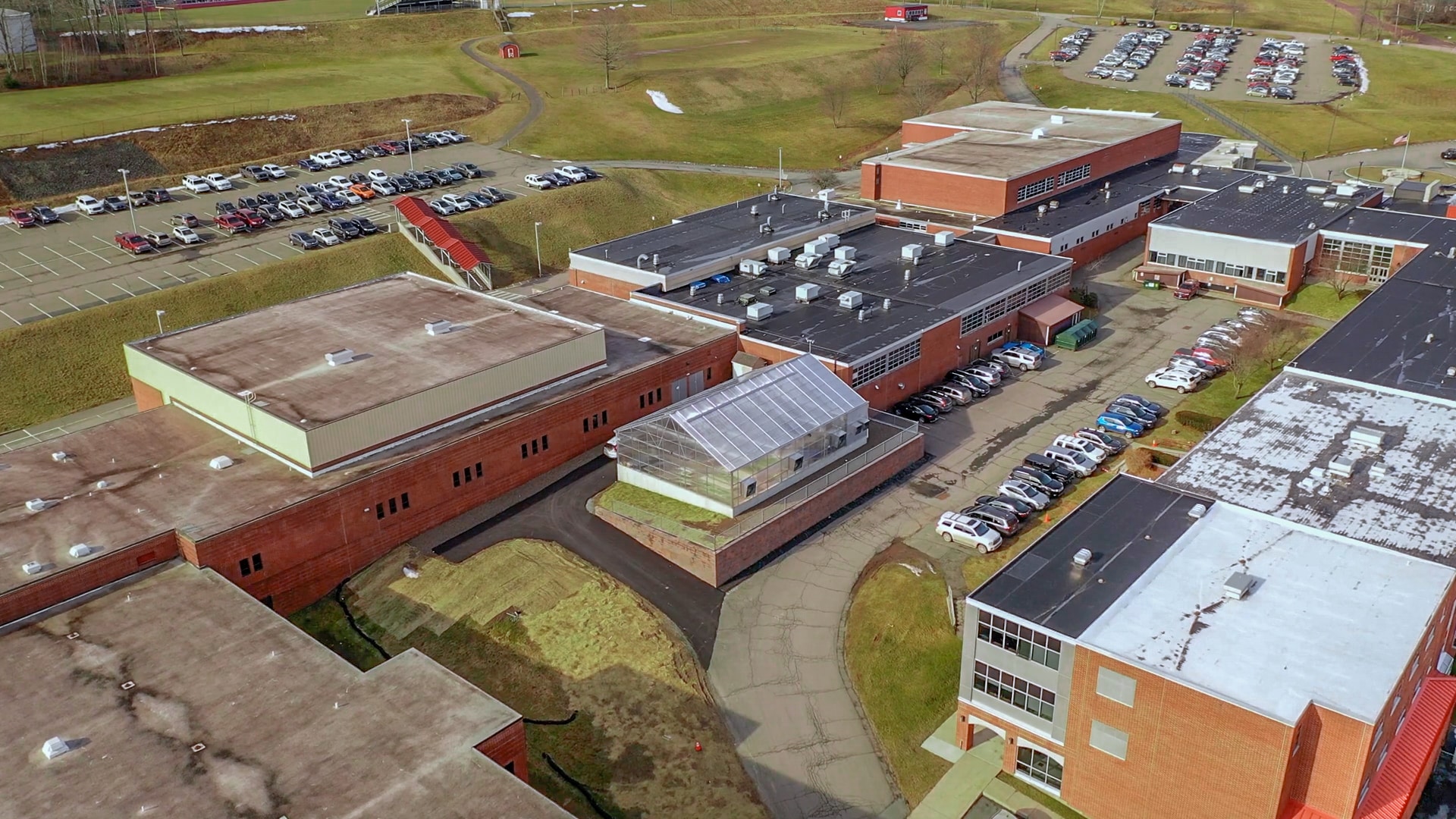
Agriculture is not just a part of rural Pennsylvania’s past; it’s a vital aspect of its future. The Wayne Highlands School District (WHSD), located in the heart of rural Pennsylvania, has taken a proactive approach to reignite interest in farming through the construction of a greenhouse at Honesdale High School.
A Community-Driven Vision
Located in a region with deep roots in agriculture, the WHSD recognized the need to reintroduce farming to a new generation. “We started to investigate how agriculture could become a reemerging part of our community,” explains Gregory Frigoletto, WHSD Superintendent. He and his team envisioned an educational greenhouse where students could gain hands-on experience, moving beyond traditional classroom-based learning.
Kayla Pohle, Honesdale High School teacher and architect of the agriculture curriculum, says the greenhouse is about real-world learning: “You can look at a picture and say, this is a phosphorus deficiency. But when you see it in a group of plants, and you add fertilizer, and 2 days later those plants don’t have that deficiency, that is clicking for students with this greenhouse.”
Public-Private Partnership in Action
The success of the greenhouse project was the result of a strong partnership between the Wayne Highlands School District, the United States Department of Agriculture (USDA), and JHA Companies. The USDA provided a $50,000 grant and a $342,000 loan, and part of JHA’s job was to help the school district navigate intricate USDA regulations. “USDA as a program is rigorous,” explains Gregory, “JHA’s experience being able to align the specs of what we were doing with USDA requirements was instrumental. As a matter of fact, I don’t know if we could have done it without their expertise.”
A Model for the Future of Agriculture
The greenhouse is not just a building; it’s a platform that prepares students for careers in agriculture. “We wanted this program to launch students into post-secondary or work experiences,” says Superintendent Frigoletto, “and students that have come through this program are in a high percentage going into agriculture.” Bob Morgan, PA State Representative for the USDA, believes the program gives students and the region a better future: “they’ll have the opportunity to maybe go on to Penn State and further that education, and be able to come home and make a difference.”
The greenhouse is also a reflection of a broader trend within the community. As Sierra Simko, JHA VP & Director of Architecture notes, “a lot of people who moved away are moving back. And I think that really feeds into the farm-to-table culture and embracing local businesses.” Brian Weist, Board Chair of the WHSD, thinks food security is a big part of the story: “people want to know where their food comes from. And they want to know how it was grown, so they’re buying local.”
JHA’s Role
Sierra and her team played a vital role in the greenhouse project, from initial planning to construction. They began by designing the greenhouse layout, developed conceptual sketches provided early cost estimates, and helped the district manage the budget effectively. As Sierra explains, “What we were doing also had to fit all the compliancy requirements of a school. The codes have a lot more requirements for educational institutions than they do a farm structure.”
As the project advanced, JHA refined the designs into detailed engineering drawings, addressing structural, mechanical, and electrical needs. “Building a greenhouse that is 2400 square feet was a little bit intimidating at first,” Kayla explains. “But Sierra calmed all those fears. We developed plan after plan and rendition after rendition with different questions and changes, and she was just awesome to work with.”
A Lasting Impact on Rural Communities
The greenhouse at Honesdale High School is serving as a model for other rural communities looking to revitalize agriculture. “The USDA were very supportive of what we were attempting here, explains Gregory, “they found that the program was visionary, a model. They viewed it as something that could be used for other areas trying to develop a program like this.” Bob explains that for the USDA, “our role is to look for opportunities to improve life in rural communities. Education is a key component of that.”
Sierra agrees that the WHSD and its agriculture program are visionary. “Through the whole process, I was floored by how important it was to keep the students at the forefront of the conversation, education, how to support them. There were conversations even outside of this project that I was beyond impressed by. To see people who care so much, know so much and invest so much. I walked out of there thinking, ‘I wish I was in this school district’.”
